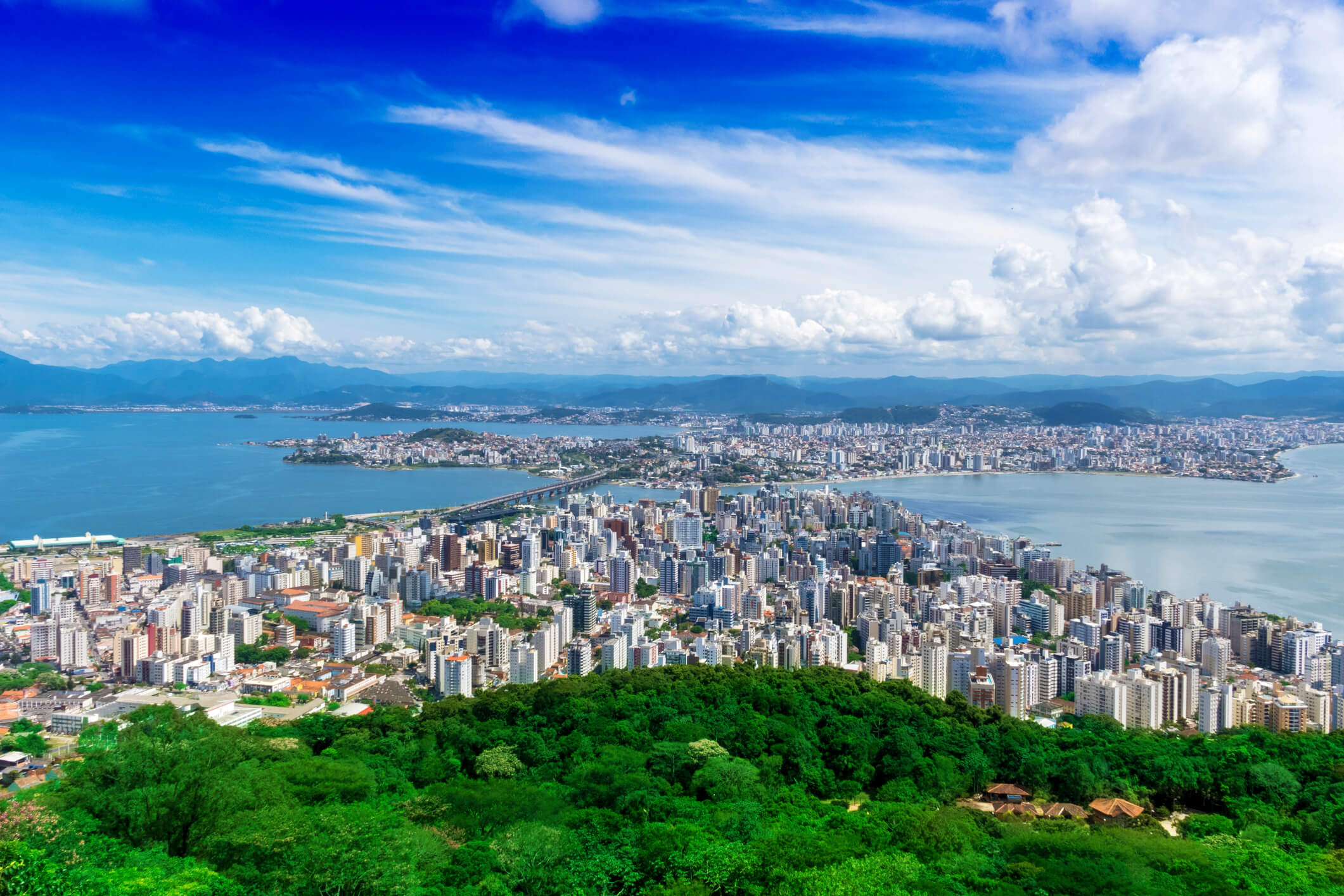RIO DE JANEIRO, BRAZIL – Despite the recent drop in the number of cases and deaths by Covid-19 in Brazil – months after a persistent plateau scenario – there is an alert to authorities. Nine of the 27 Brazilian state capitals recorded a rising trend in coronavirus cases, according to the Oswaldo Cruz Foundation’s researchers’ report.
Another nine capitals show a trend towards stability or low fluctuation in the period, and nine show a drop. Among the capitals with a rising trend in a little over a month, all are located in Brazil’s North or Northeast regions, with the exception of Florianópolis, capital of Santa Catarina.
The projections are based on Fiocruz’s InfoGripe platform, according to data reported by the states to the Ministry of Health regarding cases of Severe Acute Respiratory Syndrome (SARS). The data refer to the weeks before the last report, with data from epidemiological week 44, ended on October 31st.

It is still not the case in Brazil, but in many Northern Hemisphere countries, a second wave of Covid-19 has once again led to the shutdown of business establishments and stricter isolation rules in recent months. A number of European countries are back in quarantine and the United States yesterday recorded over 150,000 coronavirus cases in a single day for the first time.
“The scenario in Europe is still concerning, compelling the adoption of another month of stricter social distancing measures – which has already impacted on economic indicators such as confidence indexes, expectations, and PMIs,” said Exame Research economist Arthur Mota in a report on Friday.
According to Fiocruz data, in Brazil, the nine capitals classified as having a moderate to high chance of growth have a probability between 75 and 95 percent of experiencing growth in the number of cases in the long term trend. The period of six weeks is categorized by researchers as long term and the period of three weeks as short term.
The most desirable scenario is the downward trend in the case curve. As a result, researchers warn in the note that even in capitals with stability, this plateau is sometimes reached at a very high level of cases. In addition, stability in some places is an indication that an undesirable interruption of the downward trend has been observed.
Researchers point out that the city of São Paulo had shown a slight increase in the preceding report, but managed to return to stability in the latest report. In any event, the downward trend may have come to an end for the time being, and it is something the experts will observe more closely in the coming weeks.
Data from the São Paulo State Health Secretariat show that the metropolitan region of the capital on Thursday reached its highest daily rolling average of new Covid-19 hospitalizations in a month, at 579.
Below is a list of the long-term probability (six weeks) in Brazilian capitals, according to the InfoGripe report.
Sharp rise probability in six weeks:
- Florianópolis (Santa Catarina)
- João Pessoa (Paraíba)
- Maceió (Alagoas)
Moderate rise probability:
- Belém (Pará)
- Fortaleza (Ceará)
- Macapá (Amapá)
- Natal (Rio Grande do Norte)
- Salvador (Bahia)
- São Luís (Maranhão)
Stabilization/Low fluctuation probability:
- São Paulo (São Paulo)
- Curitiba (Paraná)
- Recife (Pernambuco)
- Aracaju (Sergipe)
- Manaus (Amazonas)
- Rio Branco (Acre)
- Boa Vista (Roraima)
- Porto Velho (Rondônia)
- Federal District
Downward probability:
- Teresina (Piauí)
- Belo Horizonte (Minas Gerais)
- Vitória (Espírito Santo)
- Rio de Janeiro (Rio de Janeiro)
- Porto Alegre (Rio Grande do Sul)
- Campo Grande (Mato Grosso do Sul)
- Palmas (Tocantins)
- Goiânia (Goiás)
- Cuiabá (Mato Grosso)*
*InfoGripe advises that the data for Cuiabá are currently unreliable.
Source: Exame

